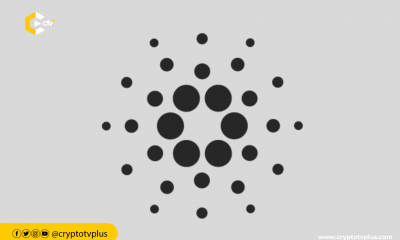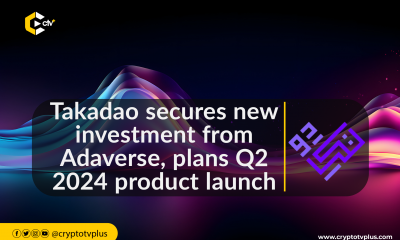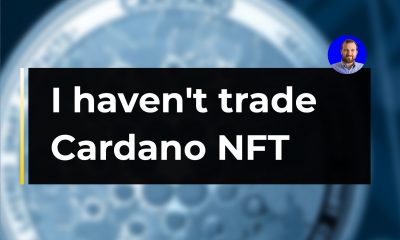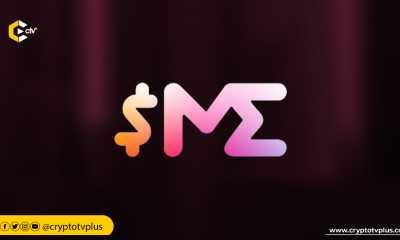News
Cardano introduces Veridian to enhance digital identity & trust for users
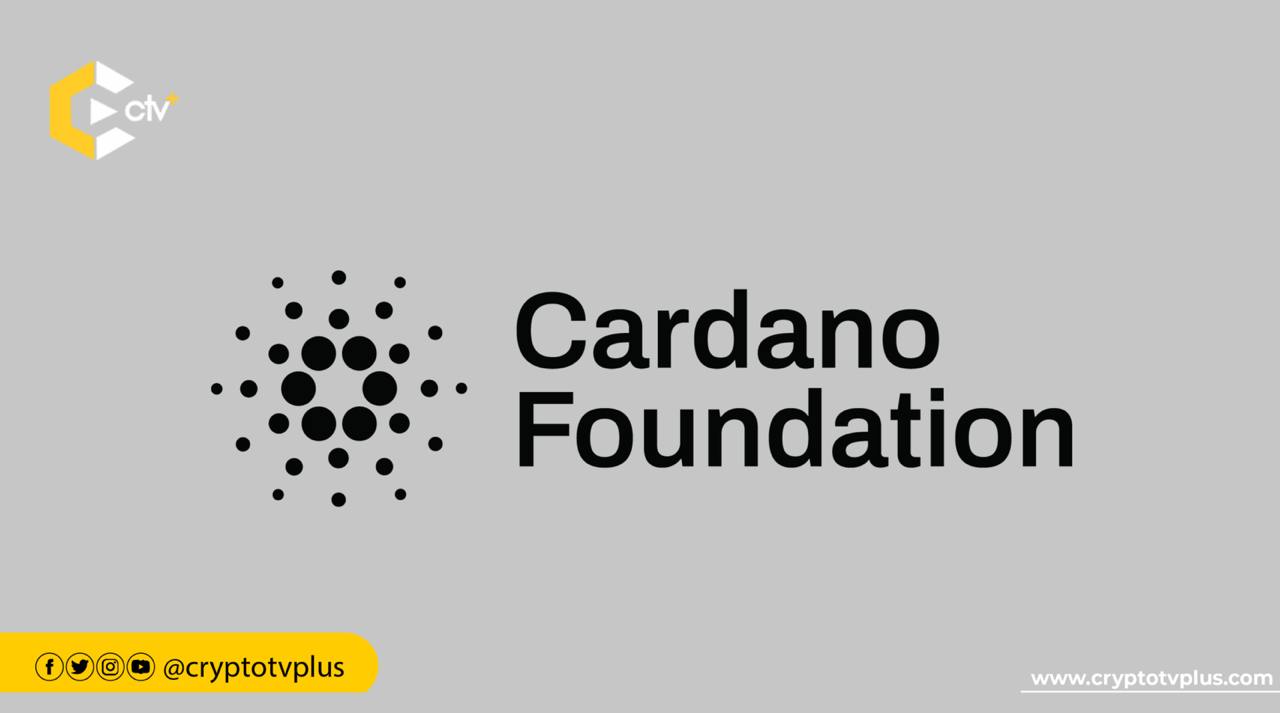
The Cardano Foundation has launched Veridian, a new open-source digital identity platform that helps people and businesses manage their online presence. Announced on April 3, 2025, Veridian offers a secure, decentralized, and future-proof way to handle digital identities, which makes Cardano a potential competitor with Humanity Protocol and Worldcoin.
Digital identity today encounters significant challenges, including fragmentation, security risks, and limited user control. Many systems depend on centralized databases, making personal information susceptible to data breaches and identity theft. Users often have to create multiple accounts across various platforms, leading to inefficiencies and security risks like password reuse.
“As the capabilities of the Internet of Things (IoT) and Artificial Intelligence (AI) expand,” Thomas A. Mayfield Cardano Foundation Head of Decentralized Trust and Identity Solutions, said, “existing solution shortcomings become amplified.” This gap is what Veridian wants to close using a decentralized system.
The platform is built with advanced security tools like Key Event Receipt Infrastructure (KERI) for secure IDs and Authentic Chained Data Container (ACDC) credentials for safe data sharing. An extra security layer on the Cardano blockchain strengthens protection to allow safe online interactions without middlemen.
Alongside Veridian comes the Veridian Wallet, available for iOS and Android, which provides an easy-to-use mobile app for managing private keys, IDs, and credentials, ensuring security and convenience.
Veridian is also designed to resist future cyber threats, including those from quantum computing.
Because Veridian is open-source, developers and businesses can customize it. A testing space has been provided in Switzerland to allow companies in industries like healthcare, finance, and supply chains to experiment with the platform.
This launch is another step in Cardano’s journey. Founded in 2015 by Charles Hoskinson and Jeremy Wood, Cardano was built to improve on earlier cryptocurrencies by focusing on scalability, security, and sustainability.
In 2017, Cardano introduced Ouroboros, its proof-of-stake (PoS) system. This made Cardano the largest cryptocurrency at the time to use this energy-efficient alternative to Bitcoin’s proof-of-work system. As concerns over energy use grew, Cardano’s approach became even more relevant.
Cardano’s growth has unfolded in distinct phases, each named after a famous thinker: Byron, Shelley, Goguen, Basho, and Voltaire. The Shelley phase in 2020 transitioned the network to full decentralization. Goguen in 2021 introduced smart contracts, enabling decentralized finance (DeFi). The current Basho phase focuses on enhancing speed and scalability, while the upcoming Voltaire phase will introduce community governance
Last September, Cardano implemented a pivotal network upgrade known as the Chang hard fork, which enhances the community’s (ADA holders’) ability to directly suggest and vote on governance matters.
This update features the formation of an Interim Constitutional Committee (ICC) and the launch of Delegate Representatives (DReps). The ICC will guide the early stages of governance and ensure compliance with the interim constitution throughout the transition. DReps will facilitate decentralized decision-making, empowering the community with greater governance influence.
In March 2025, Cardano partnered with SERPRO, Brazil’s government IT agency, to promote blockchain adoption in Latin America’s largest economy.
Charles Hoskinson recently announced plans to integrate Bitcoin into Cardano’s DeFi ecosystem using the Hydra and the Aiken programming language. This initiative could enable Bitcoin to be used in smart contracts on Cardano, potentially surpassing Ethereum and Solana in financial applications.





